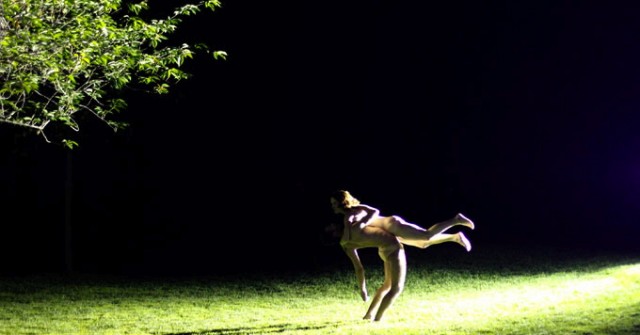KING LEAR (Jean-Luc Godard, 1987)
92YTribeca
200 Hudson St. at Canal St.
Friday, January 11, $12, 7:00 & 9:30
212-415-5500
www.92y.org
 At the 1985 Cannes Film Festival, producer Menahem Golan, who would go on to make several movies nominated for the Golden Raspberry (Cannonball Run, Cobra), somehow got French auteur Jean-Luc Godard to agree to direct a new version of King Lear, signing the contract on a napkin. Unfortunately, things didn’t go quite as planned, resulting in Godard’s incomprehensible, unintelligible, extremely hard-to-follow Shakespeare flick. Theater director Peter Sellars — he of the Eraserhead-like hairdo — stars as William Shakespeare Jr. the Fifth, a descendant of the Bard’s who is trying to put his famous ancestor’s plays back together in a post-Chernobyl world. After Norman and Kate Mailer get in an argument about turning the script into a gangster picture, Sellars meets Learo (a muttering Burgess Meredith) and his daughter, Cordelia (a monotone Molly Ringwald). Also on hand for this twisted fairy tale are French director Leos Carax (Pola X, Holy Motors) as Edgar, Julie Delpy as Virginia, Woody Allen as Mr. Alien, and Godard himself as the wacky Professor Pluggy. Elements of the play occasionally show up, but it is nearly impossible to figure out just what the hell is going on. By the time it all starts making the least bit of sense and even becomes intriguingly poetic, it’s over. In his inimitable style, Godard subversively defies all expectations, making a film that is about everything, nothing, and no thing. He takes on virtue and power, art and nature, text and image, and storytelling itself, but in this case he ends up with an unwatchable mess. Still not available on DVD, King Lear is having a rare screening January 11 at 7:00 and 9:30 at 92YTribeca, with the early show followed by a Q&A with critics Simon Abrams, Bilge Ebiri, and Richard Brody. When he selected the film for the 2009 New Yorker Festival, Brody wrote, “I consider Godard’s King Lear to be his greatest artistic achievement; in a Y2K poll, I ranked it among the ten best movies ever made.” It should be quite interesting hearing him defend that choice on Friday night.
At the 1985 Cannes Film Festival, producer Menahem Golan, who would go on to make several movies nominated for the Golden Raspberry (Cannonball Run, Cobra), somehow got French auteur Jean-Luc Godard to agree to direct a new version of King Lear, signing the contract on a napkin. Unfortunately, things didn’t go quite as planned, resulting in Godard’s incomprehensible, unintelligible, extremely hard-to-follow Shakespeare flick. Theater director Peter Sellars — he of the Eraserhead-like hairdo — stars as William Shakespeare Jr. the Fifth, a descendant of the Bard’s who is trying to put his famous ancestor’s plays back together in a post-Chernobyl world. After Norman and Kate Mailer get in an argument about turning the script into a gangster picture, Sellars meets Learo (a muttering Burgess Meredith) and his daughter, Cordelia (a monotone Molly Ringwald). Also on hand for this twisted fairy tale are French director Leos Carax (Pola X, Holy Motors) as Edgar, Julie Delpy as Virginia, Woody Allen as Mr. Alien, and Godard himself as the wacky Professor Pluggy. Elements of the play occasionally show up, but it is nearly impossible to figure out just what the hell is going on. By the time it all starts making the least bit of sense and even becomes intriguingly poetic, it’s over. In his inimitable style, Godard subversively defies all expectations, making a film that is about everything, nothing, and no thing. He takes on virtue and power, art and nature, text and image, and storytelling itself, but in this case he ends up with an unwatchable mess. Still not available on DVD, King Lear is having a rare screening January 11 at 7:00 and 9:30 at 92YTribeca, with the early show followed by a Q&A with critics Simon Abrams, Bilge Ebiri, and Richard Brody. When he selected the film for the 2009 New Yorker Festival, Brody wrote, “I consider Godard’s King Lear to be his greatest artistic achievement; in a Y2K poll, I ranked it among the ten best movies ever made.” It should be quite interesting hearing him defend that choice on Friday night.
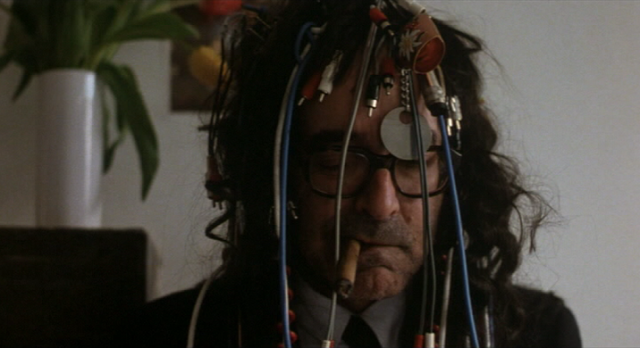
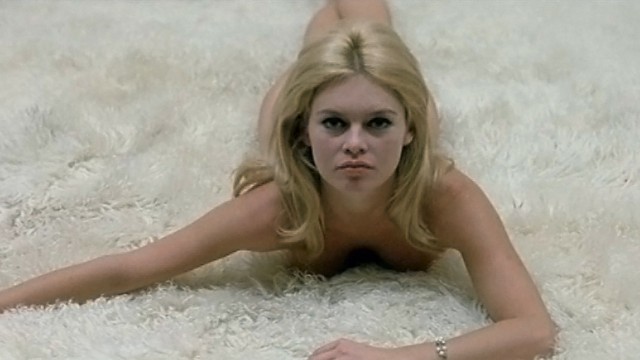
 French auteur Jean-Luc Godard doesn’t hold back any of his contempt for Hollywood cinema in his multilayered masterpiece Contempt. Loosely based on Alberto Moravia’s Il Disprezzo, Contempt stars Michel Piccoli as Paul Javal, a French screenwriter called to Rome’s famed Cinecittà studios by American producer Jeremy Prokosch (Jack Palance ) to perform rewrites on Austrian director Fritz Lang’s (played by Lang himself) adaptation of The Odyssey by ancient Greek writer Homer. Paul brings along his young wife, the beautiful Camille (Brigitte Bardot), whom Prokosch takes an immediate liking to. With so many languages being spoken, Prokosch’s assistant, Francesca Vanini (Giorgia Moll), serves as translator, but getting the various characters to communicate with one another and say precisely what is on their mind grows more and more difficult as the story continues and Camille and Paul’s love starts to crumble. Contempt is a spectacularly made film, bathed in deep red, white, and blue, as Godard and cinematographer Raoul Coutard poke fun at the American way of life. (Both Godard and Coutard appear in the film, the former as Lang’s assistant director, the latter as Lang’s cameraman — as well as the cameraman who aims the lens right at the viewer at the start of the film.)
French auteur Jean-Luc Godard doesn’t hold back any of his contempt for Hollywood cinema in his multilayered masterpiece Contempt. Loosely based on Alberto Moravia’s Il Disprezzo, Contempt stars Michel Piccoli as Paul Javal, a French screenwriter called to Rome’s famed Cinecittà studios by American producer Jeremy Prokosch (Jack Palance ) to perform rewrites on Austrian director Fritz Lang’s (played by Lang himself) adaptation of The Odyssey by ancient Greek writer Homer. Paul brings along his young wife, the beautiful Camille (Brigitte Bardot), whom Prokosch takes an immediate liking to. With so many languages being spoken, Prokosch’s assistant, Francesca Vanini (Giorgia Moll), serves as translator, but getting the various characters to communicate with one another and say precisely what is on their mind grows more and more difficult as the story continues and Camille and Paul’s love starts to crumble. Contempt is a spectacularly made film, bathed in deep red, white, and blue, as Godard and cinematographer Raoul Coutard poke fun at the American way of life. (Both Godard and Coutard appear in the film, the former as Lang’s assistant director, the latter as Lang’s cameraman — as well as the cameraman who aims the lens right at the viewer at the start of the film.)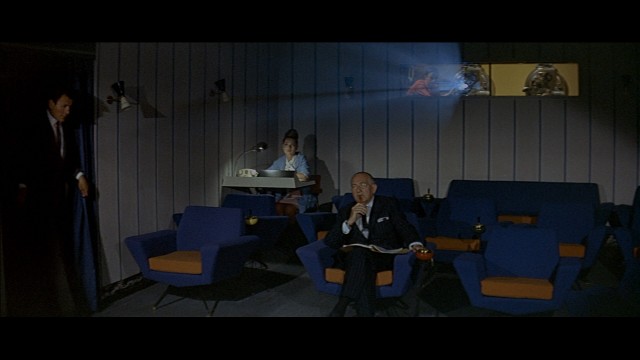
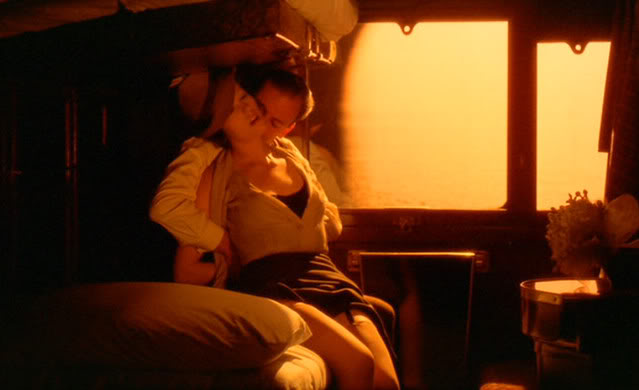
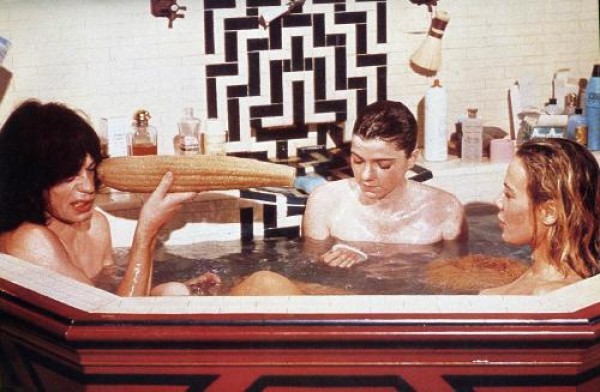
 A British gangster on the run hides out with a psychedelic rock star in this strangely enticing film from Donald (The Demon Seed) Cammell and Nicolas Roeg (making his big-screen directorial debut). James Fox didn’t know what he was getting into when he signed on to play Chas, a mobster who finds sanctuary with mushroom-popping rock-diva has-been Turner, played with panache by Mick Jagger. Throw in Anita Pallenberg, a fab drug trip, and the great “Memo to Turner” scene and you have a film that some consider the real precursor to MTV, some think a work of pure demented genius, and others find to be one of the most pretentious and awful pieces of claptrap ever committed to celluloid. We fall somewhere in the middle of all of that. Performance is screening November 23-24 as part of the MoMA tribute “The Rolling Stones: 50 Years on Film,” celebrating the group’s golden anniversary, which includes appearances in New Jersey and Brooklyn next month. Throughout their career, the Stones have gotten some of the world’s greatest directors to make live concert films of their shows, most of which are part of this series, which continues through December 2 with such other films as Hal Ashby’s Let’s Spend the Night Together, Martin Scorsese’s Shine a Light, Albert and David Maysles and Charlotte Zwerin’s Gimme Shelter, and Jean-Luc Godard’s Sympathy for the Devil in addition to Kenneth Anger’s Invocation of My Demon Brother and more.
A British gangster on the run hides out with a psychedelic rock star in this strangely enticing film from Donald (The Demon Seed) Cammell and Nicolas Roeg (making his big-screen directorial debut). James Fox didn’t know what he was getting into when he signed on to play Chas, a mobster who finds sanctuary with mushroom-popping rock-diva has-been Turner, played with panache by Mick Jagger. Throw in Anita Pallenberg, a fab drug trip, and the great “Memo to Turner” scene and you have a film that some consider the real precursor to MTV, some think a work of pure demented genius, and others find to be one of the most pretentious and awful pieces of claptrap ever committed to celluloid. We fall somewhere in the middle of all of that. Performance is screening November 23-24 as part of the MoMA tribute “The Rolling Stones: 50 Years on Film,” celebrating the group’s golden anniversary, which includes appearances in New Jersey and Brooklyn next month. Throughout their career, the Stones have gotten some of the world’s greatest directors to make live concert films of their shows, most of which are part of this series, which continues through December 2 with such other films as Hal Ashby’s Let’s Spend the Night Together, Martin Scorsese’s Shine a Light, Albert and David Maysles and Charlotte Zwerin’s Gimme Shelter, and Jean-Luc Godard’s Sympathy for the Devil in addition to Kenneth Anger’s Invocation of My Demon Brother and more.
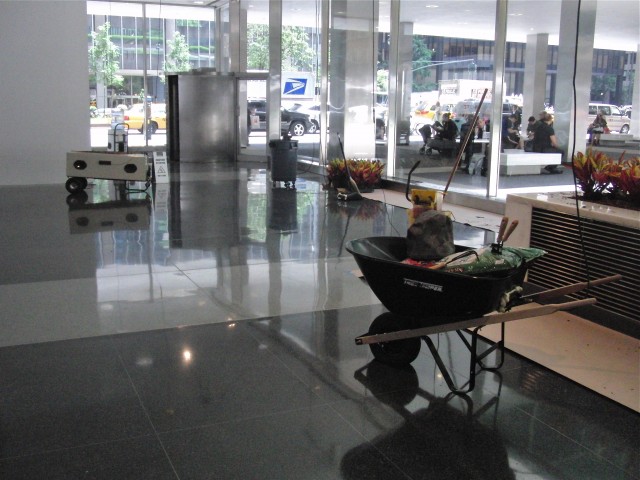
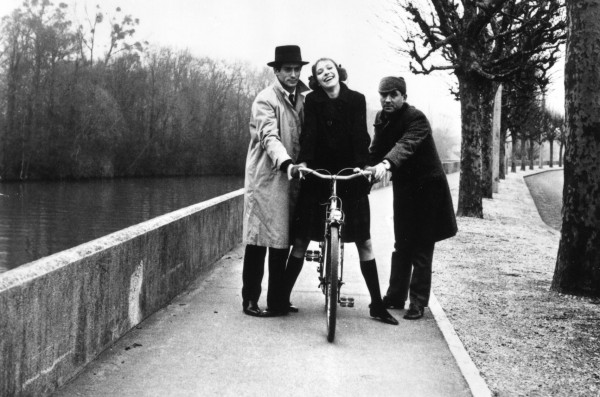
 When a pair of disaffected Parisians, Arthur (Claude Brasseur) and Franz (Sami Frey), meet an adorable young woman, Odile (Anna Karina), in English class, they decide to team up and steal a ton of money from a man living in Odile’s aunt’s house. As they meander through the streets of cinematographer Raoul Coutard’s black-and-white Paris, they talk about English and wealth, dance in a cafe while director Jean-Luc Godard breaks in with voice-over narration about their character, run through the Louvre in record time, and pause for a near-moment of pure silence. Godard throws in plenty of commentary on politics, the cinema, and the bourgeoisie in the midst of some genuinely funny scenes. Band of Outsiders is no ordinary heist movie; based on Dolores Hitchens’s novel Fool’s Gold, it is the story of three offbeat individuals who just happen to decide to attempt a robbery while living their strange existence, as if they were outside from the rest of the world. The trio of ne’er-do-wells might remind Jim Jarmusch fans of the main threesome from Stranger Than Paradise (1984), except Godard’s characters are more aggressively persistent. One of Godard’s most accessible films, Band of Outsiders is screening August 18 and 22 as part of the MoMA series “Gaumont Thrillers: From Fantômas to A Gang Story,” which continues with such Gaumont-produced films as Henri-Georges Clouzot’s The Murderer Lives at 21, Jules Dassin’s Riffifi, and Luc Besson’s La Femme Nikita and The Professional.
When a pair of disaffected Parisians, Arthur (Claude Brasseur) and Franz (Sami Frey), meet an adorable young woman, Odile (Anna Karina), in English class, they decide to team up and steal a ton of money from a man living in Odile’s aunt’s house. As they meander through the streets of cinematographer Raoul Coutard’s black-and-white Paris, they talk about English and wealth, dance in a cafe while director Jean-Luc Godard breaks in with voice-over narration about their character, run through the Louvre in record time, and pause for a near-moment of pure silence. Godard throws in plenty of commentary on politics, the cinema, and the bourgeoisie in the midst of some genuinely funny scenes. Band of Outsiders is no ordinary heist movie; based on Dolores Hitchens’s novel Fool’s Gold, it is the story of three offbeat individuals who just happen to decide to attempt a robbery while living their strange existence, as if they were outside from the rest of the world. The trio of ne’er-do-wells might remind Jim Jarmusch fans of the main threesome from Stranger Than Paradise (1984), except Godard’s characters are more aggressively persistent. One of Godard’s most accessible films, Band of Outsiders is screening August 18 and 22 as part of the MoMA series “Gaumont Thrillers: From Fantômas to A Gang Story,” which continues with such Gaumont-produced films as Henri-Georges Clouzot’s The Murderer Lives at 21, Jules Dassin’s Riffifi, and Luc Besson’s La Femme Nikita and The Professional.